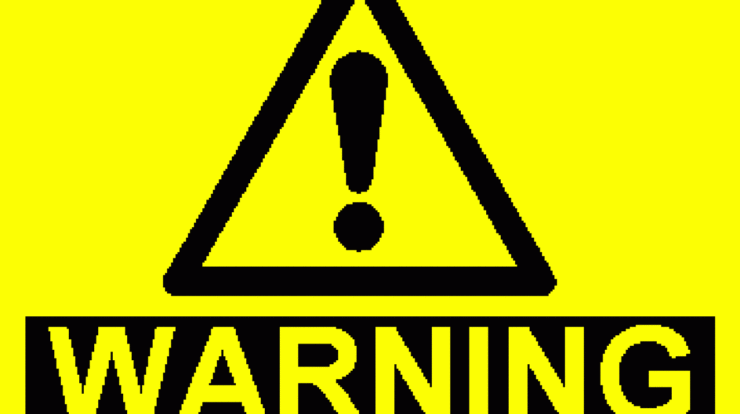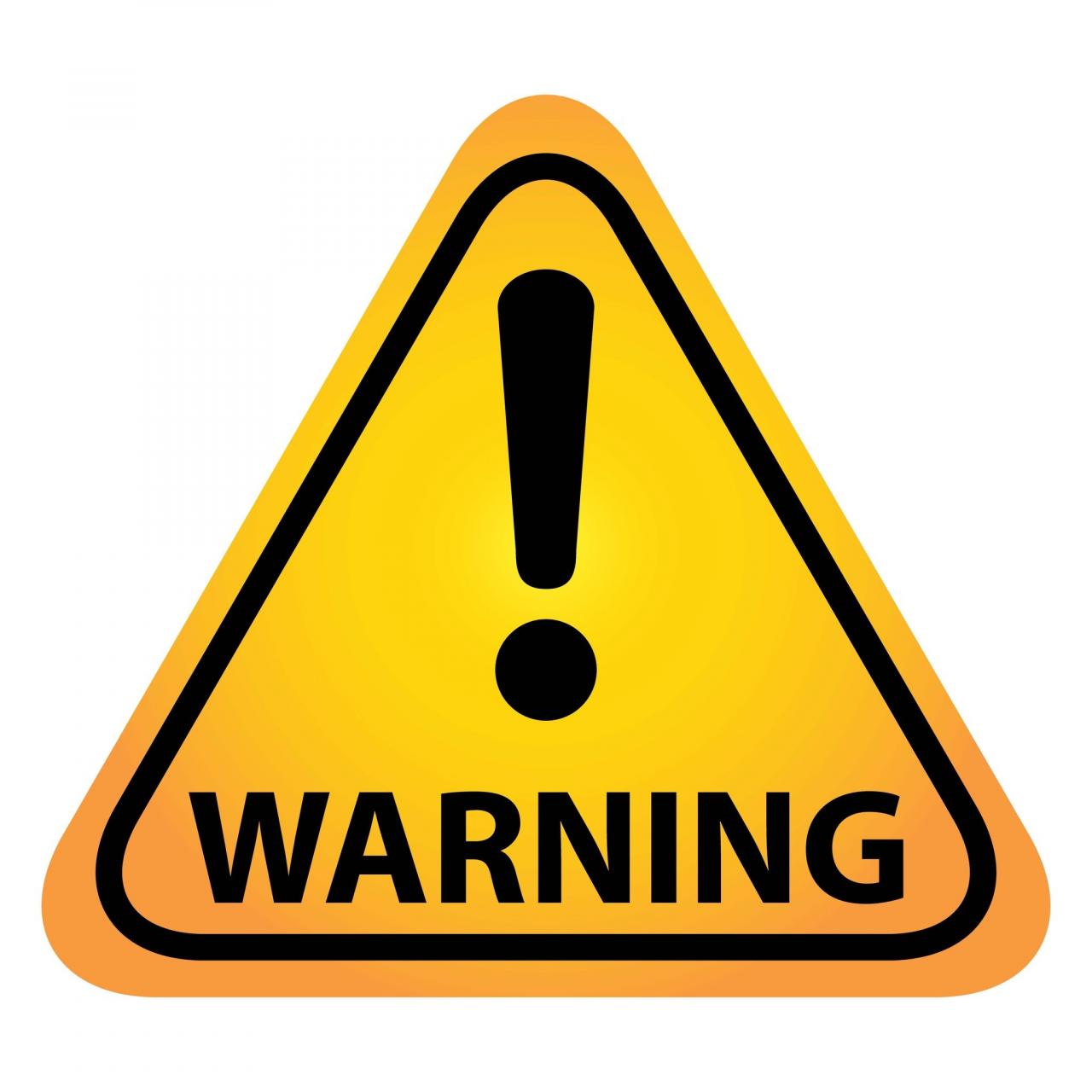
Is watch or warning worse? This question sparks a captivating debate, inviting us to explore the intricate world of emergency alerts. From their definitions and impacts to communication strategies and public perception, we delve into the nuances of these critical notifications that shape our responses to potential hazards.
Understanding the distinctions between a watch and a warning is paramount. Watches indicate a possibility of a threat, while warnings signify imminent danger. These alerts trigger diverse psychological and behavioral responses, ranging from heightened vigilance to evacuation. Their economic and social consequences can be far-reaching, underscoring the significance of effective warning systems.
1. Watch vs. Warning
Definitions and Distinctions

Watches and warnings are two distinct types of alerts issued by meteorological and emergency management agencies to inform the public about potential or impending hazardous weather or other threats. The key difference between a watch and a warning is the level of certainty and the severity of the threat.
Want to witness the raw intensity of bare-knuckle fighting? Learn how to watch these thrilling matches with our comprehensive guide: how to watch bare knuckle fighting . For those seeking clarification on weather warnings, we delve into the difference between watch and warning , explaining when to be vigilant and when to take action.
A watchis issued when conditions are favorable for a hazardous event to occur. It does not mean that the event will definitely happen, but it indicates that people should be prepared and stay informed.
A warning, on the other hand, is issued when a hazardous event is imminent or already occurring. It means that people should take immediate action to protect themselves and their property.
The criteria used to issue watches and warnings vary depending on the type of hazard and the agency issuing the alert. For example, the National Weather Service (NWS) in the United States issues watches when conditions are favorable for severe thunderstorms, tornadoes, floods, or other hazardous weather events.
The NWS issues warnings when these events are imminent or already occurring. The criteria for issuing watches and warnings may also vary from one country to another.
Examples of Watches and Warnings
- A tornado watch means that conditions are favorable for tornadoes to develop. People in the affected area should be prepared to take shelter if a tornado warning is issued.
- A flood watch means that conditions are favorable for flooding. People in the affected area should be prepared to evacuate if a flood warning is issued.
- A hurricane watch means that a hurricane is possible within the next 48 hours. People in the affected area should monitor the storm’s progress and be prepared to take action if a hurricane warning is issued.
- A hurricane warning means that a hurricane is expected to make landfall within the next 36 hours. People in the affected area should evacuate immediately.
2. Impacts of Watches and Warnings

Watches and warnings can have a significant impact on individuals and communities. The psychological and behavioral responses to these alerts can vary depending on the severity of the threat and the level of trust people have in the warning system.
When a watch is issued, people may experience anxiety and uncertainty. They may start to prepare for the possibility of a hazardous event, such as gathering supplies or making evacuation plans.
When a warning is issued, people may experience fear and panic. They may take immediate action to protect themselves and their property, such as seeking shelter or evacuating the area.
Watches and warnings can also have economic and social consequences. Businesses may close, schools may be canceled, and travel plans may be disrupted.
In some cases, watches and warnings can lead to false alarms. This can erode public trust in the warning system and make people less likely to take action when a real threat occurs.
Factors Influencing Public Response
- The severity of the threat
- The level of trust people have in the warning system
- The clarity and accuracy of the warning message
- The availability of resources to respond to the threat
- Past experiences with watches and warnings
3. Communicating Watches and Warnings
Watches and warnings are communicated to the public through a variety of channels, including television, radio, social media, and mobile apps. The goal is to reach as many people as possible with clear and timely information.
The NWS uses a variety of methods to communicate watches and warnings, including:
- NOAA Weather Radio
- The NWS website
- Social media
- Mobile apps
- Local media outlets
The NWS also works with emergency management agencies and other partners to ensure that watches and warnings are communicated effectively to the public.
Challenges in Communicating Watches and Warnings
- Reaching people who are not connected to the internet or who do not have access to traditional media outlets
- Communicating the severity of the threat in a way that is clear and understandable
- Overcoming language barriers
- Dealing with false alarms
4. Public Perception and Response
Public perception of watches and warnings can vary depending on a number of factors, including the severity of the threat, the level of trust people have in the warning system, and past experiences with watches and warnings.
In some cases, people may underestimate the severity of a threat and fail to take appropriate action. This can lead to injuries or even death.
In other cases, people may overreact to a threat and take unnecessary precautions. This can lead to economic losses and social disruption.
Factors Influencing Public Perception, Is watch or warning worse
- The severity of the threat
- The level of trust people have in the warning system
- Past experiences with watches and warnings
- The clarity and accuracy of the warning message
- The availability of resources to respond to the threat
5. Historical Perspectives
The history of watches and warnings can be traced back to the early days of weather forecasting. In the 19th century, meteorologists began to use telegraph and telephone to communicate weather information to the public.
The first formal warning system was established in the United States in 1870. The NWS was created in 1890, and it has been responsible for issuing watches and warnings ever since.
Over the years, the NWS has made significant improvements to its warning system. These improvements have helped to save lives and property.
Lessons Learned from Past Warning Failures and Successes
- The importance of clear and timely communication
- The need to build public trust in the warning system
- The value of partnerships with emergency management agencies and other organizations
- The importance of using technology to improve the accuracy and efficiency of the warning system
Summary: Is Watch Or Warning Worse
The debate over is watch or warning worse remains a complex one, influenced by a multitude of factors. From public trust to technological advancements, the landscape of emergency alerts is constantly evolving. By unraveling the intricacies of these systems, we can enhance their effectiveness and empower communities to make informed decisions when faced with potential threats.
Common Queries
What is the key difference between a watch and a warning?
A watch indicates a potential threat, while a warning signifies imminent danger.
How do watches and warnings impact individuals and communities?
They trigger psychological and behavioral responses, such as heightened vigilance or evacuation, and can have significant economic and social consequences.
Christopher Nolan’s highly anticipated film “Oppenheimer” is set to hit the big screens soon. Discover the best ways to watch this captivating historical drama with our guide: how to watch oppenheimer . If you’re looking to catch the latest episodes of “ION,” our streaming guide has you covered: how to watch ion .
What are the challenges in communicating watches and warnings effectively?
Ensuring timely delivery, clarity of information, and addressing public skepticism are among the key challenges.





